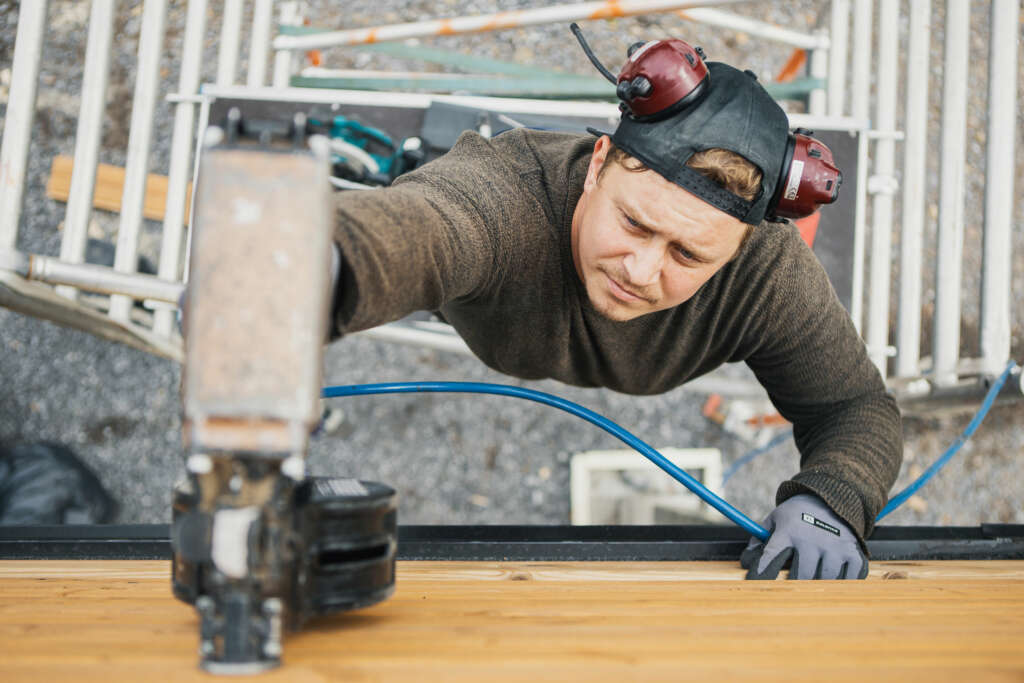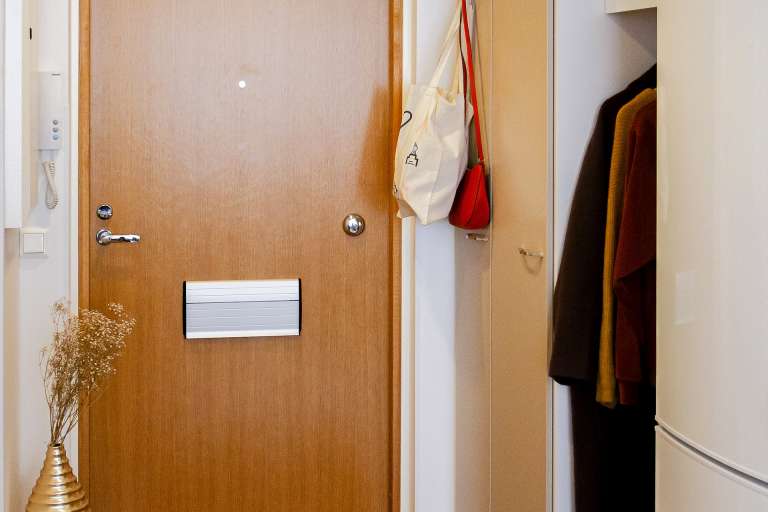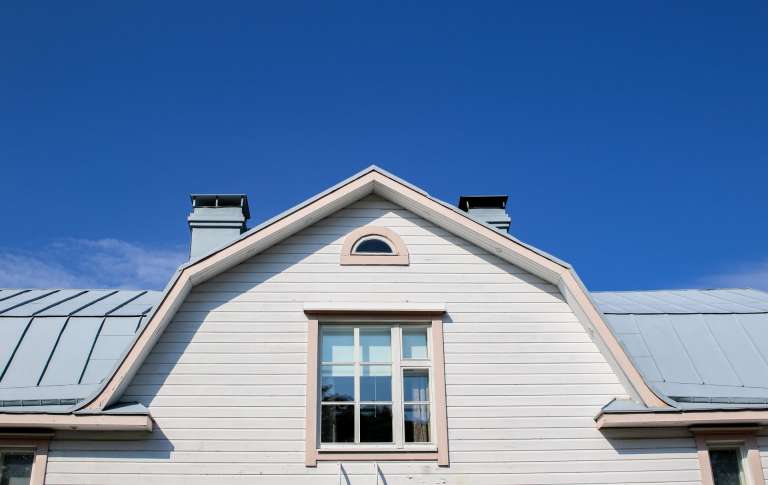Towards a more energy-efficient everyday life
Different heating methods and electricity consumption make up a significant portion, around half, of the city’s emissions. Housing and energy combined also account for a major part of the average Finnish person’s total carbon footprint.
Residents have the opportunity to reduce emissions related to electricity consumption and heating through concrete actions, such as lowering indoor temperatures, reducing electricity use, switching to lower-emission heating methods, or carrying out energy efficiency renovations. There are many ways to do this, and best of all, we can reduce emissions, help the environment, and often cut costs as well.
Save energy in everyday life
Reducing energy consumption in everyday life is important both for the environment and for financial savings. Whether you live in an apartment or a detached house, there are several simple and effective ways to reduce energy use. Below are some common tips that apply to different types of housing:
Heating and Cooling: Set the room temperature to a comfortable level (living spaces 20–22°C). A reduction of just one degree in room temperature can create a 5% saving in heating costs (Motiva, in Finnish). Ensure the seals on doors and windows are in good condition to reduce the need for heating and cooling.
Water Consumption: Use water sparingly, especially hot water. Wash full loads of laundry and dishes, and use lower temperatures for washing clothes. In apartment buildings and detached houses, water-saving fixtures can help control water usage.
Electrical Appliances and Home Devices: Choose energy-efficient appliances and lighting when possible. Turn off electrical devices when they are not in use.
For additional energy-saving tips, you can visit Motiva’s website.
Sustainable construction and renovation
Energy renovations
Energy renovations refer to measures that improve the energy efficiency of a building. This can include actions such as replacing windows and doors, adding insulation, improving ventilation systems, or installing renewable energy sources like solar panels.
When carrying out major renovations or repairs, it is advisable to also consider energy efficiency. There are many benefits to energy renovations, with the most significant ones listed below:
- Reduced Energy Consumption and Financial Savings: Energy renovations reduce a home’s energy consumption, which leads to lower electricity bills.
- Living Comfort: Energy renovations improve living comfort. For example, better insulation, energy-efficient windows, and air-source heat pumps are ways to keep the home warm in winter and cool in summer.
- Environmental Friendliness: Reducing energy consumption lowers the home’s emissions.
Sustainability in construction and renovation
Sustainable construction and renovation refer to responsible, environmentally friendly, and long-lasting solutions. Sustainable construction and renovation reduce the environmental impacts of buildings throughout their life cycle. This includes material choices, energy efficiency, and waste minimization.
Energy Efficiency: Utilize energy-efficient solutions such as insulation, double or triple-glazed windows, and energy-efficient appliances.
Sustainable Materials: Opt for durable, long-lasting, and low-maintenance materials when renovating or constructing.
Circular Economy Solutions: Using recycled or reused building materials can save money. For example, utilizing old bricks, wood, and other demolition materials can be cost-effective. When demolishing, it is possible to save usable materials and repurpose them in renovations or new construction projects.
Reducing Construction Waste: Sorting and recycling construction and renovation waste can reduce disposal costs.
- For more information, visit Stormossen’s website.
Modular construction as an alternative: Modular building solutions that use prefabricated modules can reduce waste and save construction time and costs.







